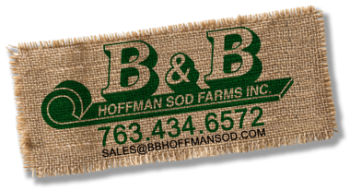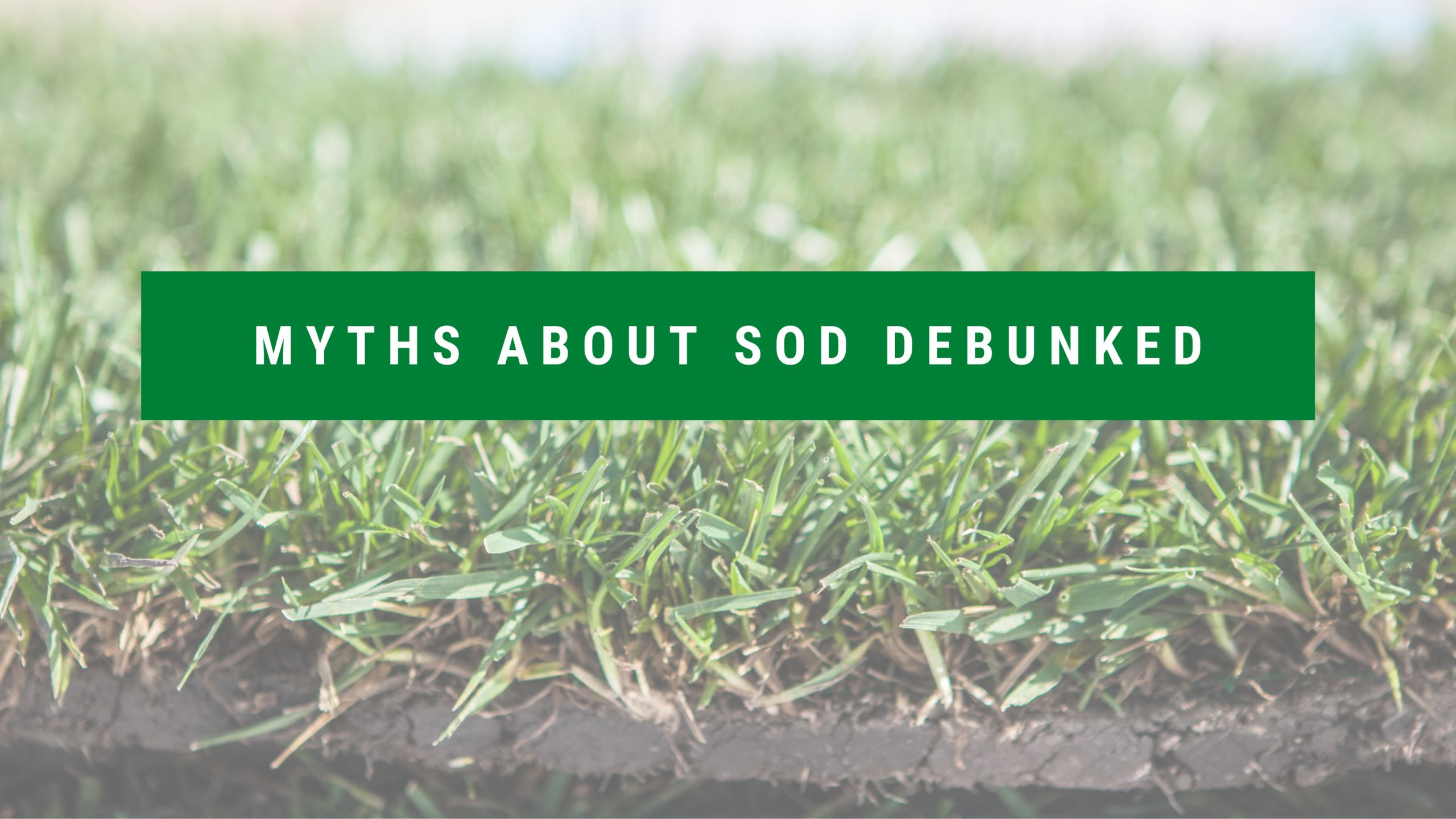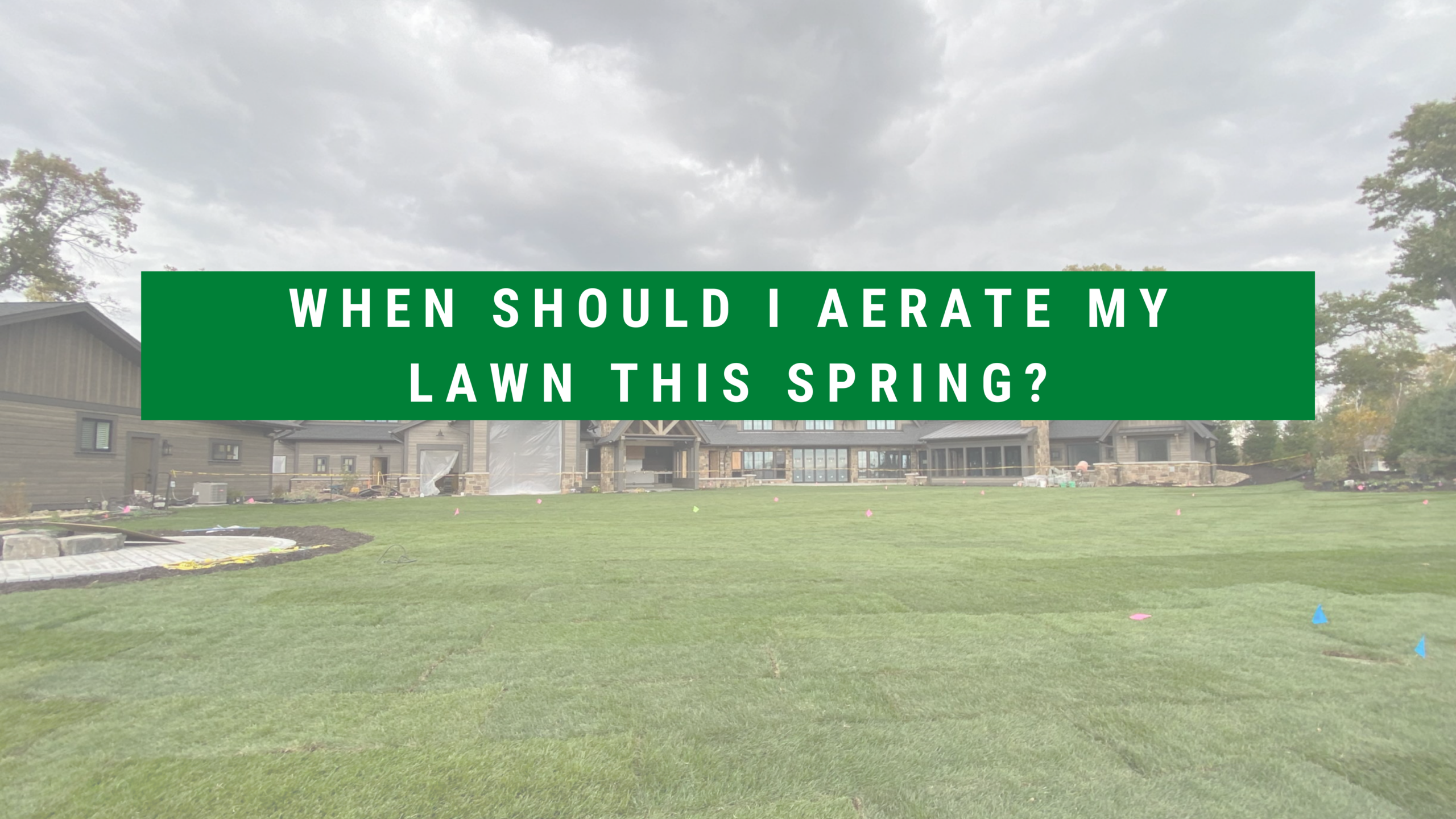Minnesotans were lucky to experience a warm and mostly dry winter over the last few months rather than the bitter cold and snow we are used to. Now that spring is here, many of us are realizing that our lawns weren’t as happy as we were with the warmer temps and lack of snow. If your lawn is looking bare or patchy, consider laying new sod or reseeding the bare spots.
If your lawn is only bare in a few small areas, B&B Hoffman Sod Farm has high-quality fertilizer and seed available for our customers. This is the same seed and fertilizer we use on our premium sod fields, so you can be assured that your new grass will look beautiful as it comes in.
Larger bare areas may be harder to seed. Wind, heavy rain, children, and pets can blow away or damage freshly laid seed and fertilizer. If you need to grow large areas of grass, you should skip the seed this spring and contact B&B Hoffman Sod Farm for a quote on high-quality Kentucky Bluegrass Sod. Our sod is bred to be dark green, soft, and durable to withstand harsh climates.
An added bonus to installing sod – freeing up your weekends! Weeds love to grow in areas where grass is thin or sparse. The sod grown at B&B Hoffman Sod Farm is carefully managed, fertilized regularly, and watered as necessary to produce grass that is resistant to weeds. Less weeds = less yardwork time!
Now is the perfect time to seed or sod your lawn. Contact B&B Hoffman Sod Farm to ask about our seed, fertilizer, or sod. Our beautiful grass is available for delivery or pick up, in big and small rolls for any size job.



